Apple Introduces iPhone 16, Apple Watch 10, and New AirPods
Posted on
by
Kirk McElhearn
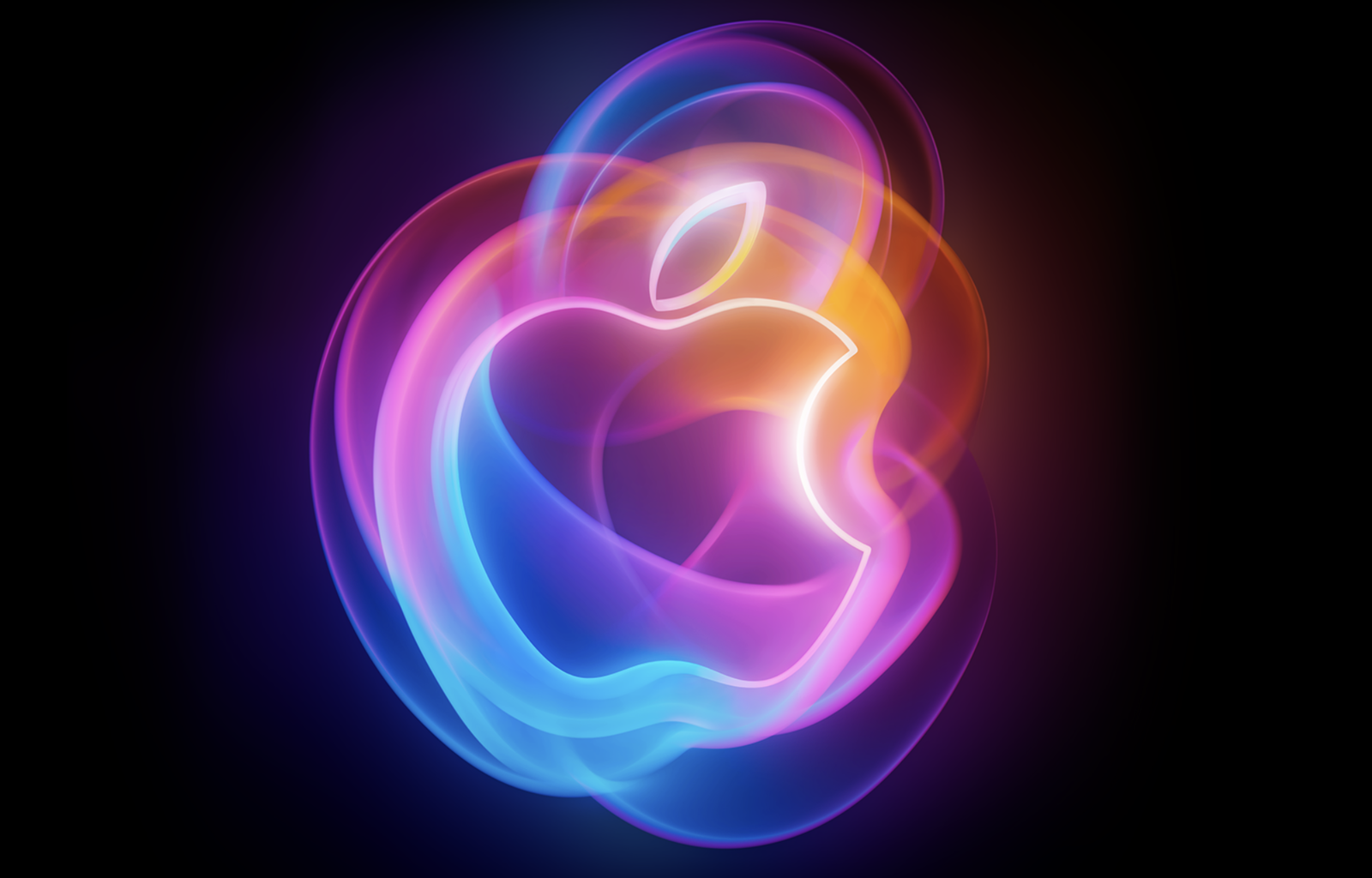
Apple’s September event presented, as expected, new iPhones and Apple Watch models, and also new AirPods and AirPods features. In addition to these new devices, the company showcased more new features coming soon to iOS 18, iPadOS 18, macOS Sequoia, and watchOS 11. While most of the event covered new hardware, there are some powerful new health-related features that will have important effects on many people.
Apple Watch
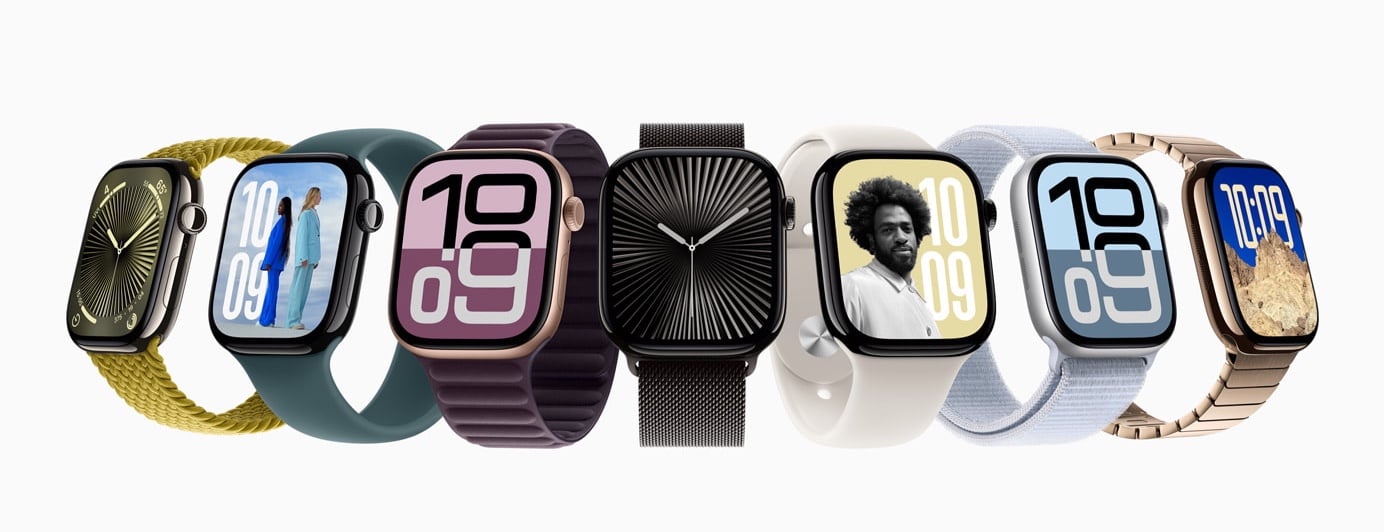
It’s ten years since the first Apple Watch was released, and this year’s model features a minor redesign to make the watch even larger and thinner. Now available in 42mm and 46mm sizes – the smallest of which was the largest size of the first Apple Watch – the Series 10 is 10% thinner than previous models (9.7mm vs. 10.7mm). This may not sound like much, but with the larger case size, the watch will look and feel much thinner.
With a more rounded crystal, and what Apple is calling a “wide-angle OLED” display that makes it easier to view at an angle, the slightly wider aspect ratio of the display allows users to see more text and interact with the display more easily. And an improved speaker allows audio playback of music and podcasts, which can be practical if you don’t have headphones.
A new sleep apnea detection feature has been added to the Apple Watch and is also available for the Series 9 and Apple Watch Ultra. This will track a new Apple Watch metric called Breathing Disturbances, and will alert users if they have sleep apnea, which is often undiagnosed, giving reports every 30 days.
The aluminum Apple Watch Series 10 comes in silver, rose gold, and a polished jet black finish, which is sleek and shiny. A titanium option, in three colors, replaces the stainless steel Apple Watch. The Apple Watch Ultra 2 has not been updated, but a new black finish has been added. This striking finish is also available on a new version of the Milanese loop watch band specific to the Apple Watch Ultra.
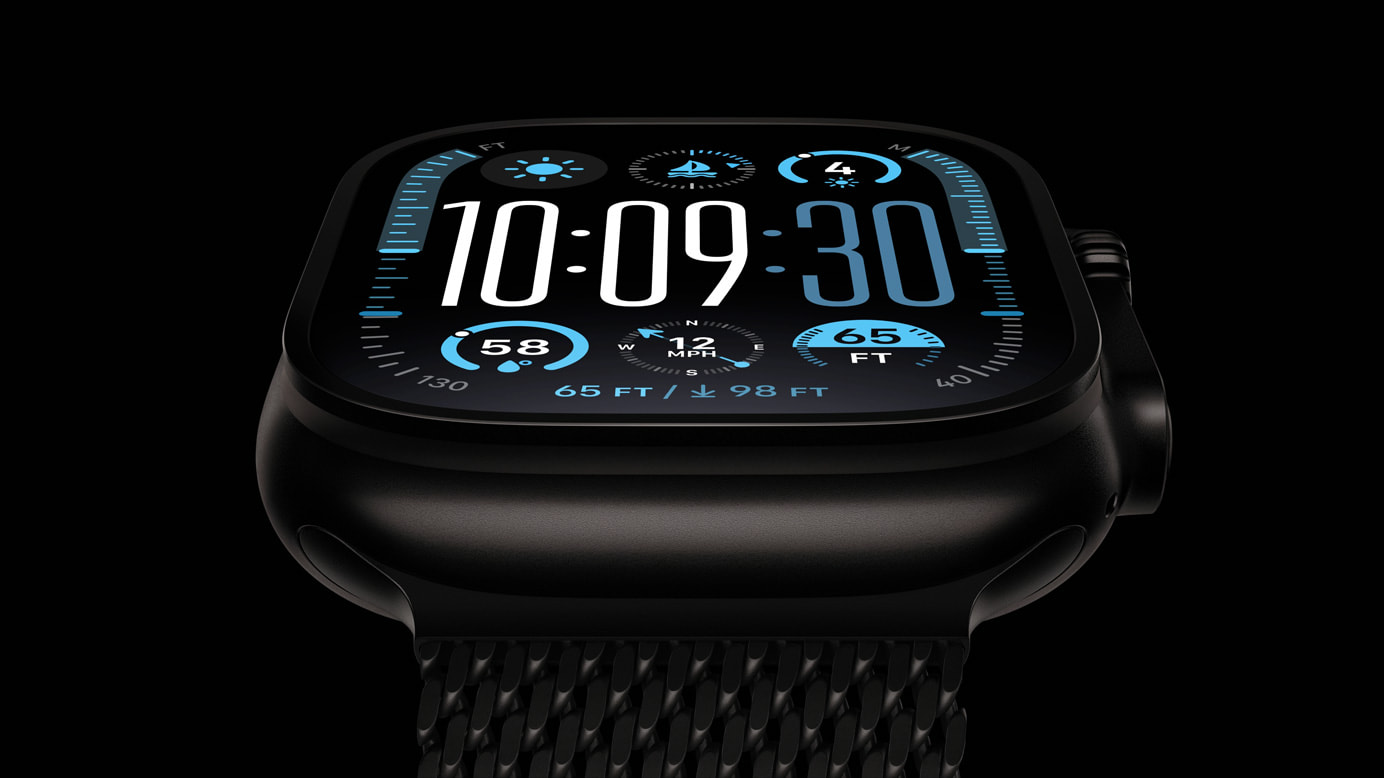
The Apple Watch Series 10 starts at $399 and $429 in aluminum, and $699 in titanium, and the Apple Watch Ultra 2 remains priced at $799. You can order these new models now, and they will ship on September 20.
AirPods
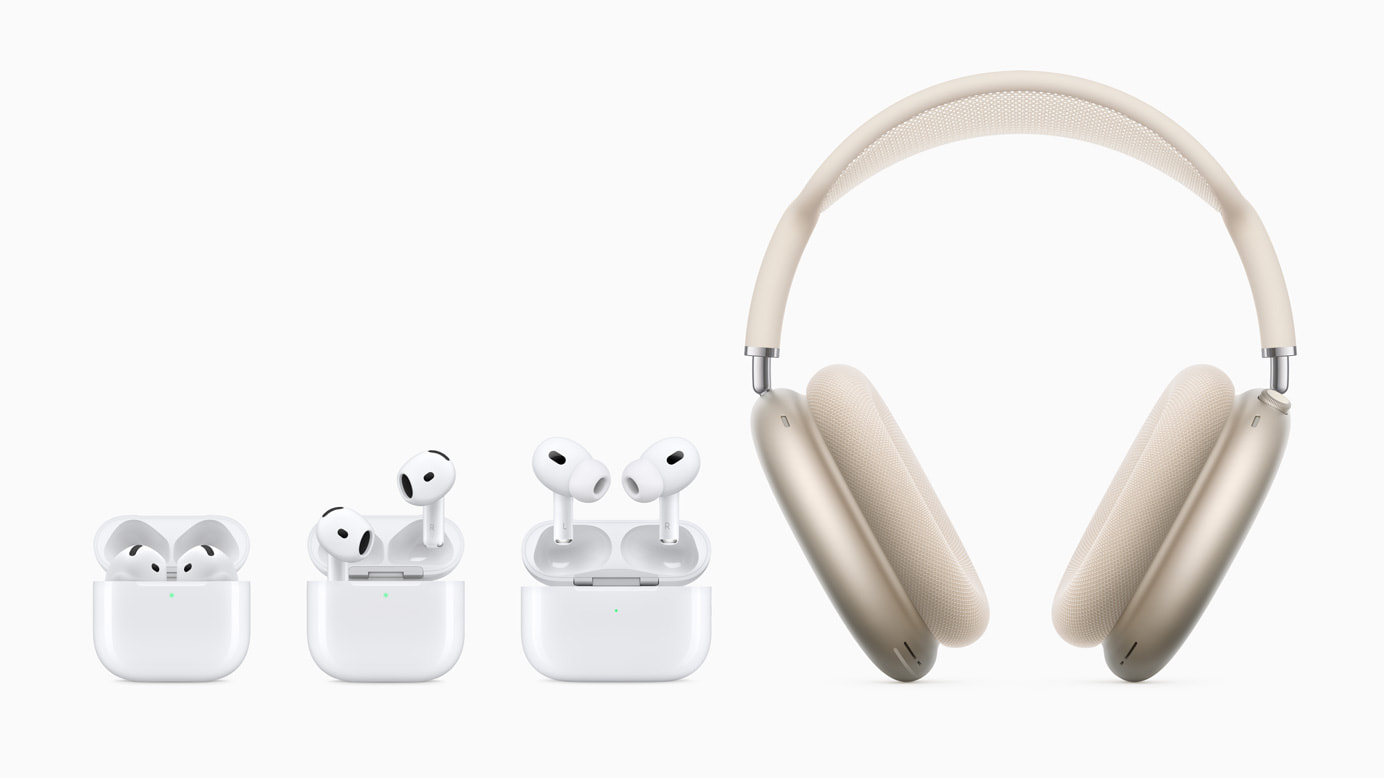
Apple has updated its AirPods 4, now offering two models: AirPods 4 and AirPods 4 with Active Noise Cancellation. Priced at $129 and $179, these are the basic in-ear AirPods, but this is the first time that these AirPods offer noise cancellation. This is great if you don’t like in-canal earbuds, though the noise cancellation won’t be as effective.
AirPods Pro 2 (starting at $249), the in-canal model, while not upgraded, gets an important new feature available later this year: the ability to use the earbuds as hearing aids “for users with mild to moderate hearing loss.” You’ll be able to perform a hearing test on your iPhone, which will create a profile for the AirPods. Using this profile, “this new feature seamlessly transforms AirPods Pro into a clinical-grade hearing aid.” In addition, this hearing profile is used for listening to music and movies, adapting the audio to each user’s hearing deficiencies.
Apple has also updated the four-year-old, $549 AirPods Max by adding new colors and a USB-C connector for charging. Nothing else.
You can order these new AirPods now, and they will ship on September 20. AirPods Pro 2 are available now.
iPhone
With Apple Intelligence features rolling out soon – about a month after the release of new operating systems on September 16 – Apple has made all new iPhone models compatible with these features. Available on all M-series Macs and iPads, the only older iPhone models that support these AI features are the iPhone 15 Pro models. This year’s crop of iPhones all have the same A18 chip and 8 GB RAM, which are necessary to power these resource-hungry features. As such, much of Apple’s presentation was a reminder of Apple Intelligence, which has the potential to provide useful new features to Apple users.
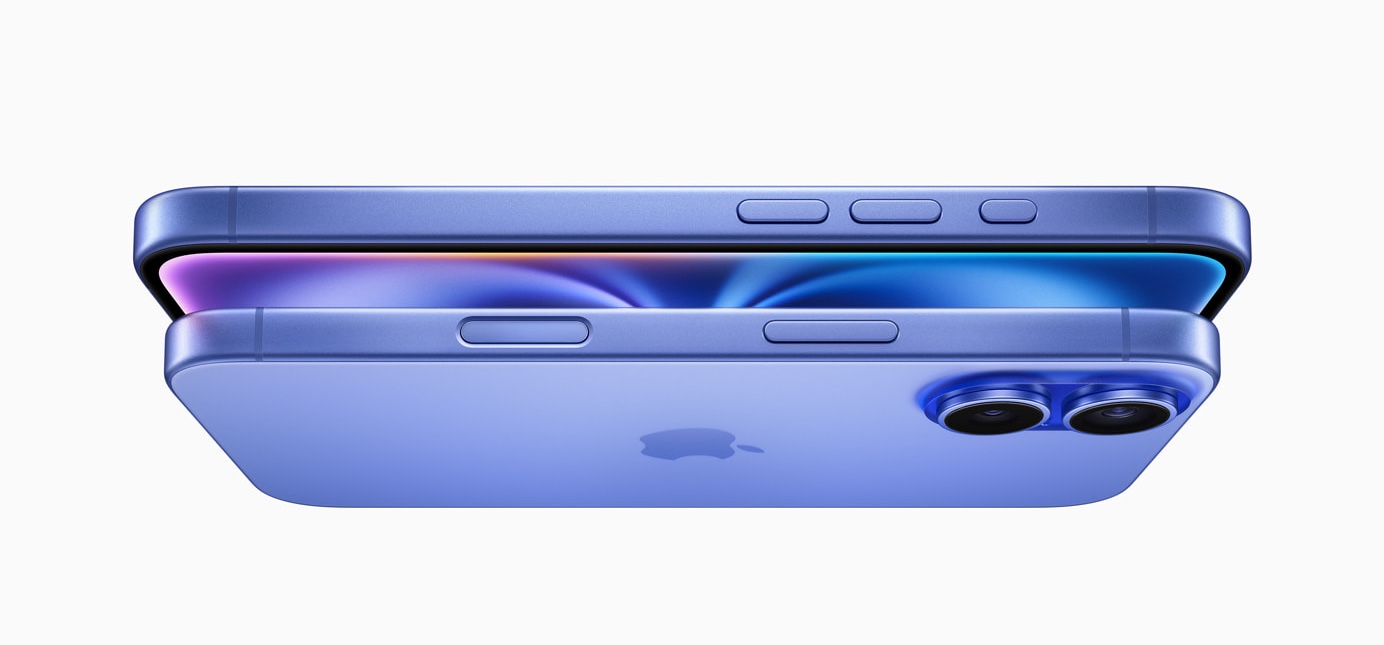
Available in 6.1“ and 6.7” models, the basic iPhone has two cameras, a 48 Mp Fusion wide camera, and a 12 Mp ultra-wide camera. The Fusion camera lets you shoot both 48 Mp photos and 2x zoomed photos at 12 Mp.
All iPhone models also feature a customizable side Action button and a new Camera Control. The capacitive side button allows users to launch the Camera, make adjustments, and snap photos. This button will also be able to trigger a visual intelligence feature, available next year, that will give information about items users point their phone at, accessing information on the web or through ChatGPT.
Apple has expanded its Emergency SOS via satellite feature, available in certain countries, to allow users to send and receive texts over iMessage and SMS, and “Emergency SOS Live Video allows users to share a live video feed or photos with participating emergency dispatchers during an emergency call.” Roadside Assistance via satellite will expand to the UK later this year.
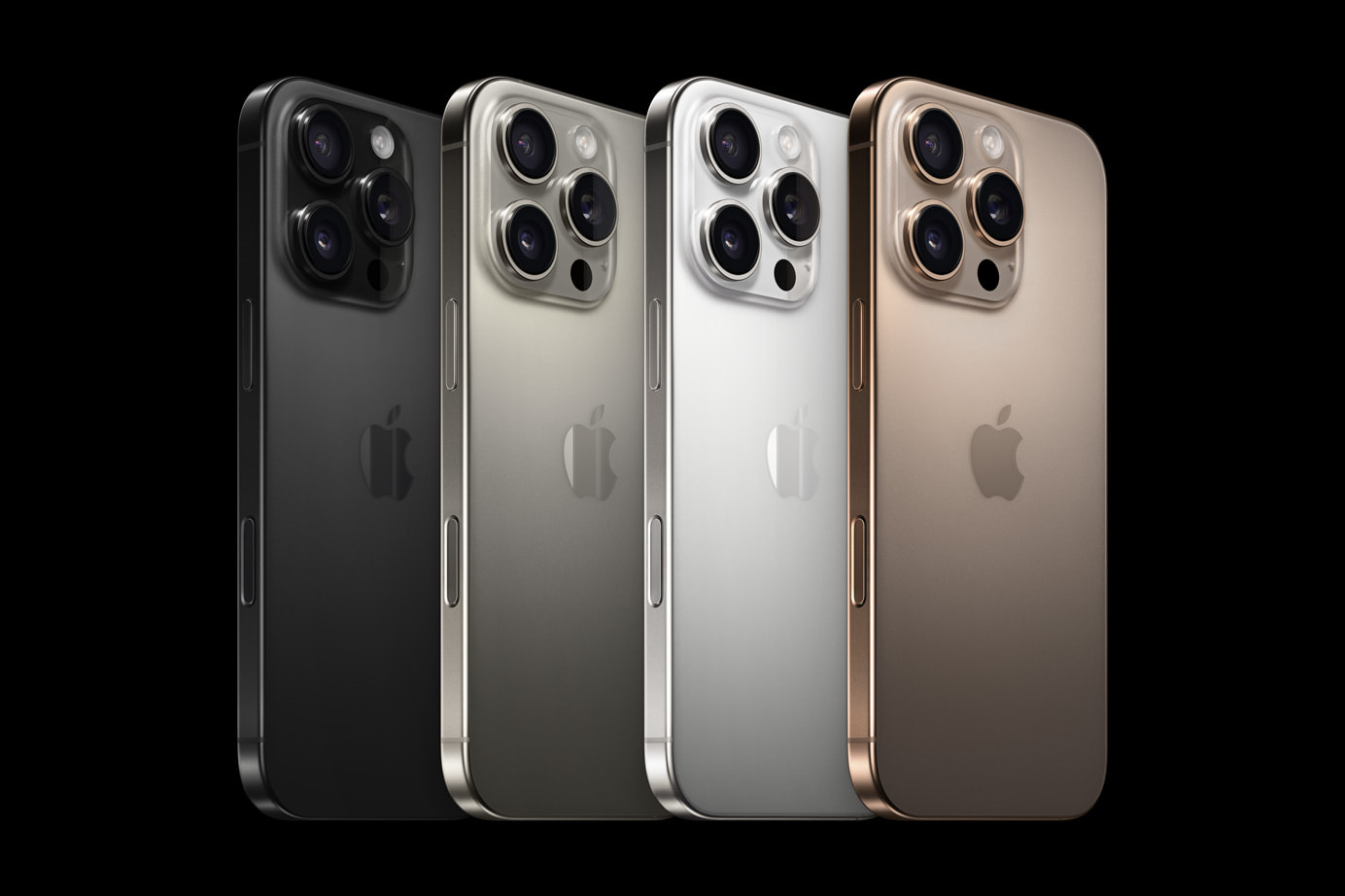
As always, it’s the Pro side of the line-up that gets the flashiest features. With new, larger size displays of 6.3“ and 6.9”, mostly due to reduced bezels, these iPhones are almost edge-to-edge displays. With titanium bodies, in four colors, these iPhone Pro models are only slightly larger and heavier than the previous versions.
The Pro iPhones get a 48 Mp ultra-wide camera, in addition to the 48 Mp Fusion main camera, enabling high-resolution macro photography. They can shoot Dolby Vision 4K video at 120 fps, as well as spatial photos and videos. And the 5x tetraprism zoom camera, previously available only on the iPhone 15 Pro Max, now comes to both iPhone 16 Pro models.
Battery life is increased on the iPhone Pro models, with up to 33 hours of video playback on the iPhone 16 Pro Max and 27 hours on the iPhone 16 Pro.
This said, if you have a recent iPhone and aren’t interested in Apple Intelligence – which may take a year to fully roll out – there’s little need to upgrade. While these are the fastest iPhones ever, most users don’t need these improvements.
The iPhone 16 starts at $799 (6.1“) and $899 (6.7”), and the iPhone 16 Pro starts at $999 (6.3“) and $1,199 (6.9”). Note that the iPhone 16 Pro Max has a minimum of 256 GB storage, while all other models start at 128 GB. Pre-orders begin on September 13, and the iPhone 16 models start shipping on September 20.
How can I learn more?
 Each week on the Intego Mac Podcast, Intego’s Mac security experts discuss the latest Apple news, security and privacy stories, and offer practical advice on getting the most out of your Apple devices. Be sure to follow the podcast to make sure you don’t miss any episodes.
Each week on the Intego Mac Podcast, Intego’s Mac security experts discuss the latest Apple news, security and privacy stories, and offer practical advice on getting the most out of your Apple devices. Be sure to follow the podcast to make sure you don’t miss any episodes.
You can also subscribe to our e-mail newsletter and keep an eye here on The Mac Security Blog for the latest Apple security and privacy news. And don’t forget to follow Intego on your favorite social media channels: ![]()
![]()
![]()
![]()
![]()
![]()
![]()